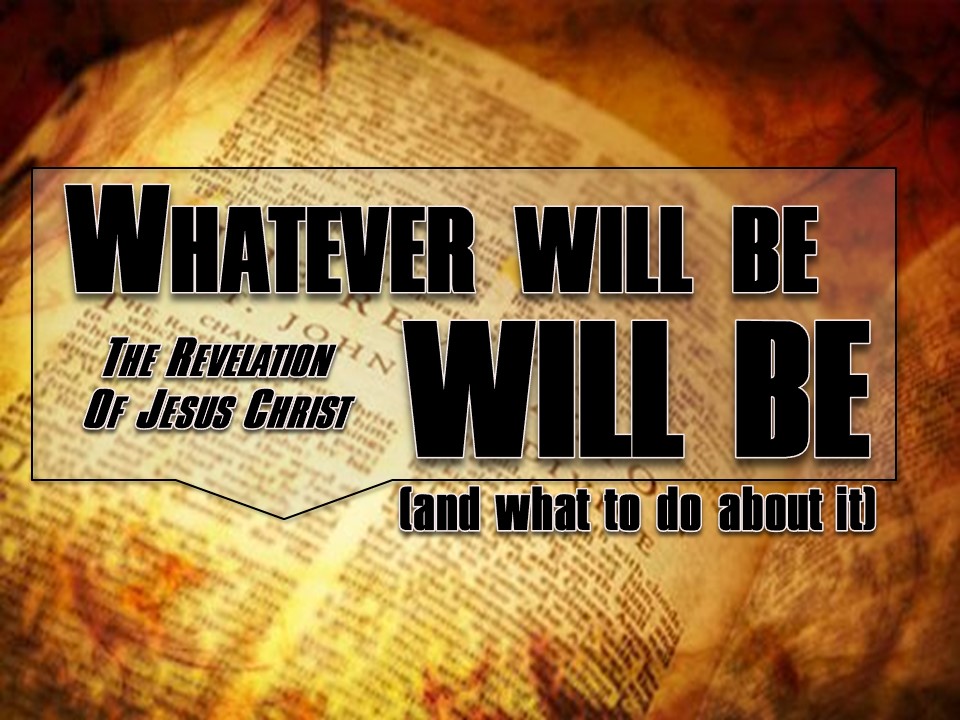 “One day, a talented lass or fellow, a special one with face of yellow, will make the Piece of Resistance found from its hidden refuge underground. And with a noble army at the helm, this Master Builder will thwart the Kragle and save the realm, and be the greatest, most interesting, most important person of all times. All this is true, because it rhymes.” So prophecies the wise Vitruvius in the national sensation known as The Lego Movie.
“One day, a talented lass or fellow, a special one with face of yellow, will make the Piece of Resistance found from its hidden refuge underground. And with a noble army at the helm, this Master Builder will thwart the Kragle and save the realm, and be the greatest, most interesting, most important person of all times. All this is true, because it rhymes.” So prophecies the wise Vitruvius in the national sensation known as The Lego Movie.
Maybe adults are not supposed to laugh while watching movies designed for juveniles, but that line sure got to me (and of course has been oft repeated in our house).
Why would I find a silly ditty verbalized by an unshaven child’s toy with glowing eyes to be so hilarious? I’m not sure. Maybe it’s because it includes the most important ingredient of all fine jokes—an element of truth. For some inexplicable reason, whenever we hear a saying that is packaged nicely, we tend to assume it is accurate. If it appears on a bumper sticker, you can count on it. If it shows up on Facebook, it cannot be argued. If spoken by a celebrity, it is infallible.
Fortunately, God gave each of us a very useful tool to combat this immature inclination. We call it the “brain.” We possess the amazing ability to analyze everything that we hear or see and determine its veracity.
Every day we are faced with a barrage of cute, pithy, and even semi-wise proverbs. We hear sayings like “trust your heart” and “if it feels good, do it.” Election year politics have also condescended to the level of sound bites. Rarely do Americans diligently search the archives to determine what a politician actually believes. We prefer a thirty-second summary in the form of a commercial. Whatever is said, we believe, especially if it is eloquently verbalized.
Sometimes we can learn from these cute sayings. Other times they may provide only a half truth. More dangerously, they can often lead us in the wrong direction.
My wife and I recently visited a lighthouse just outside of Fort Michilimackinac at the northernmost tip of Michigan’s lower peninsula. While the lighthouse is no longer in use, it at one time helped to guide ships through the narrow Straits of Mackinac. Lighthouses were located at certain points through the Straits. Sometime the pilot of a ship would see two lighthouses on his left and one on his right. Other times he might only see one on either side. When he compared the location of the beacons with his maps, he knew exactly where to go to guide his vessel to safety. Those lighthouses served as trustworthy guides that compensated for the blindness of darkness. Regardless of how the pilot felt, he would be safe only if he trusted the lighthouses.
We also need something stable in which we can trust. Something that rises above the varied opinions of man. Something that, like a beacon, pierces the darkness of naiveté and relevancy with the absolute truth.
The Bible serves as such a beacon. The Word of God serves as “a lamp to my feet and a light to my path” (Psalm 119:105). Although I may be hounded by an endless barrage of worthless advice, I can rest assured in the fact that God knows best. So, with apologies, I’ll conclude with this delightful axiom: God’s advice is worth my time, even when it doesn’t rhyme.
This article appeared in the Bremen Enquirer on Thursday, July 31, 2014

